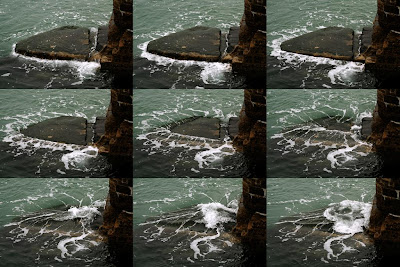(By Nalini S Malaviya)
A couple of years ago when people had Rs.2-5 lakhs as disposable income they were more than happy to invest in art. It was not uncommon to find people walking into galleries and soliciting their help in buying art. Most of these people had limited knowledge about art and relied completely on external sources to make a judgment. However, when the recession happened, it caused a lot of heartburn and many of these investors, who were looking at short term gains found themselves in a quandary. Unable to sell the work at even the cost price, they lost confidence in art as an investment instrument, and also blamed their advisors for the situation they found themselves in.
Now that the market appears to be looking up, a similar situation could surface again, but, hopefully buyers who have burnt their fingers are likely to be extremely cautious now. It is important, as in every financial investment situation, that the investor be in a position to make an informed decision. The buyer should be more proactive, collect all vital information and use good judgment to come to a decision regarding art. Especially, when one spends so much money on art, it does not make sense to rely on any one gallery, dealer or consultant to take a decision for them.
In fact, it is ridiculous to compare investing in art directly with investing in stocks and shares. Although, there may be certain broad similarities, but as financial products they are extremely different and involve different dynamics.
One can remember that as an investor in art one should
- Do ones own research
- Think long term
- Be aware of the shortcomings and pitfalls of investing in art
- Use only spare liquidity in art
- Invest in art only after investing in conventional asset classes
(Published in Financial Times)


